
Athlean-X Says One-Arm Rows Cause Hernias. Do They Really?
In one of Athlean-X’s latest videos, Jeff Cavaliere makes the argument—again—that the one-arm dumbbell row is the worst back exercise. He argues that if you put an asymmetrical strain on your groin, it can give you a hernia. And so, because the one-arm dumbbell row uses an asymmetrical stance, it causes hernias. But is any of that actually true?
The dumbbell row is a popular lift. So are other lifts that asymmetrical strain our groins, such as split squats and landmine presses. None of these lifts have a reputation for causing injuries of any kind, let alone hernias. But smoking was popular, too, and look where that went. So who knows. Maybe a quiet killer has been hiding in your workout routine all along, waiting for the right moment to stab you in your side.
If you want to build muscle, you seek out a strength coach. And that’s no problem. That’s what Marco does best. He’s even had similar clients to Athlean-X, including college, professional, and Olympic athletes. But he’s not a physiotherapist. He wasn’t focused on their prehab and rehab. He was tasked with bulking them up. He’s not afraid of dumbbell rows causing hernias, and after a decade working as a strength coach, he’s never seen it happen. But it’s also slightly outside of his area of expertise.
So I reached out to Greg Nuckols, who connected us with Dr. Jason Eure, DPT. Not only does Jason have a similar education to Athlean-X, but his education is more current, and it’s technically one notch higher. Jeff Cavaliere has a Master’s degree in physical therapy (MPT), whereas Jason is a full doctor (DPT). Plus, he’s a Certified Strength and Conditioning Specialist (CSCS), and he’s coming from Stronger by Science, which is about as reputable a source as you can get in the fitness industry.
We asked him: are one-arm dumbbell rows dangerous? Can they cause hernias?
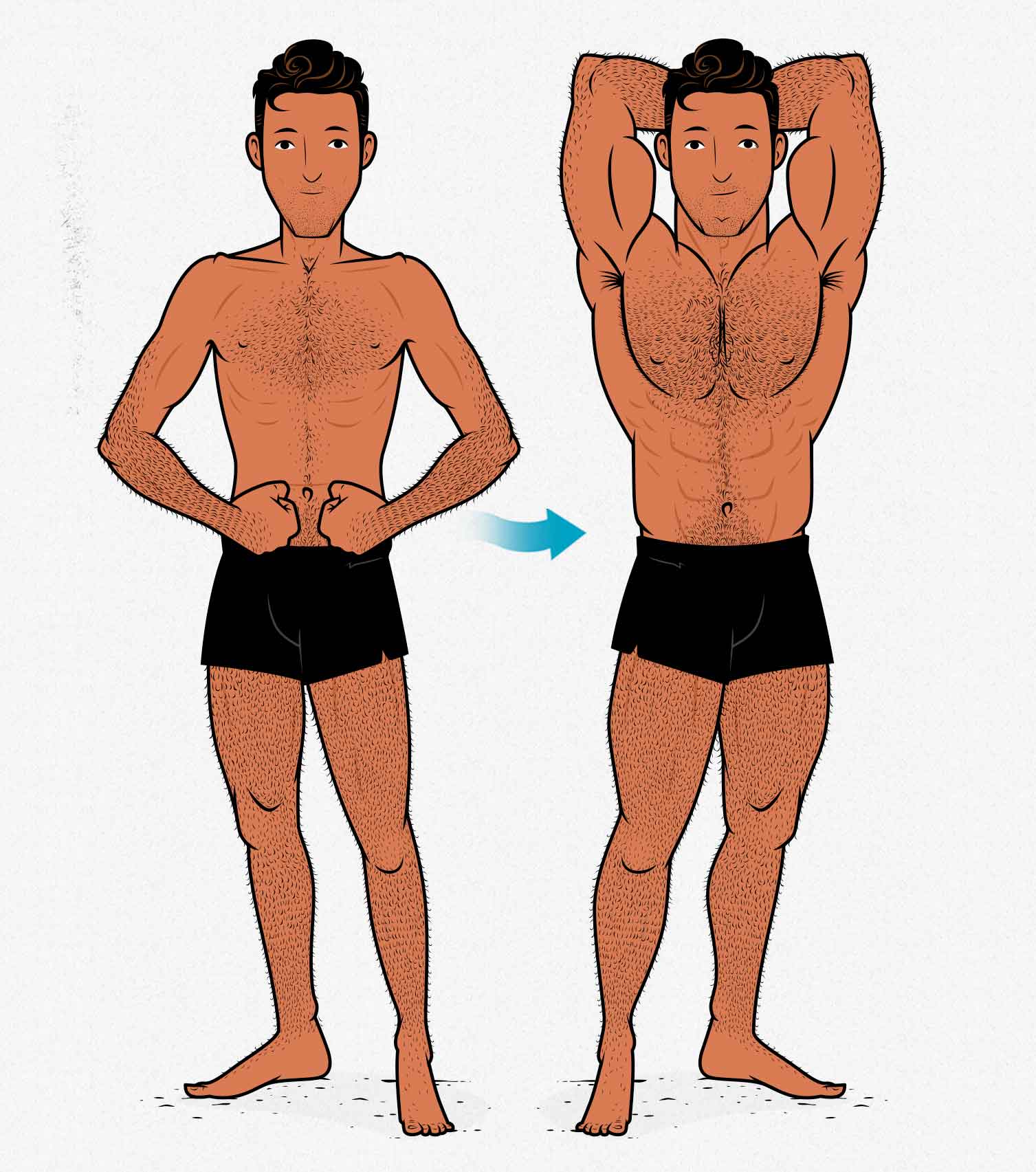
Video Version
If you prefer watching to reading, we’ve got you covered. All of the content in the article is here in the video, with Dr. Jason Eure’s direct quotes in the description.
If you prefer reading, read on!
Introduction
Athlean-X has earned a reputation for preaching the DANGERS of seemingly innocuous exercises. You shouldn’t do dumbbell chest flyes or upright rows because he finds them too dangerous (STOP IT NOW). He also warns against doing deep squats and bringing the barbell all the way down to your chest when doing the bench press. Most of all, though, you mustn’t use a split stance because of the stress it puts on your groin, causing hernias. That makes the one-arm dumbbell row an “absolute no.”
That doesn’t mean the Athlean-X workout routines are bad. We reviewed his Max/Size Program in another article. It’s an odd way to program for muscle growth, but it’s still exercise. It’s still resistance training. And there’s enough right about it that it will work. It will indeed help someone grow bigger and stronger. It’s possible for someone to do good even if they’re wrong about some things.
I just worry that all of the fearmongering will leave people scared of trying different exercise variations, scared of pushing themselves, and scared of listening to their bodies when lifting. If you have this nagging fear in the back of your mind that you might hurt yourself, even when an exercise feels totally fine, it can be really hard to push yourself hard enough to grow bigger and stronger.
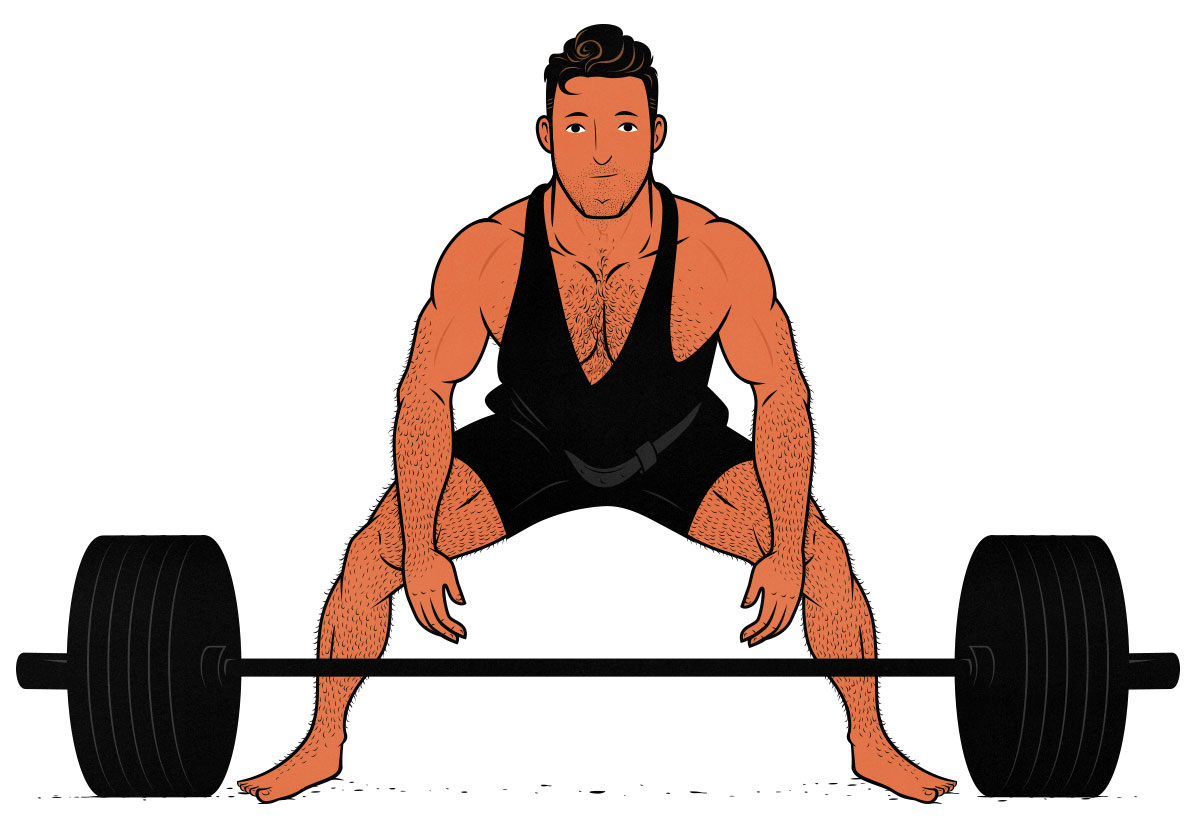
Or even worse, imagine that an exercise really does stress an unexpected area. Imagine that you really do feel your groin working during split-stance exercises, or your abs and obliques bracing during compound lifts, or your lower back muscles working during deadlifts. That stress can be great. The whole point of resistance training is to stress yourself, recover, and adapt. But if you interpret that stress as being harmful, then you learn to fear the very thing that’s helping you.
A much better approach is to follow a good program, lift as well as you can, learn how to push yourself, and learn to trust your body. These feelings of strain and stress may eventually start to feel better, safer, and sometimes even somewhat pleasant. When I feel my back muscles engaging and straining during a deadlift, it feels good. It feels strong. And that’s a great thing. That’s part of growing tougher.
But what do we know, right? Neither Marco nor I are physical therapists (though Marco has studied under some). Our specialty is helping skinny people bulk up. Jeff Cavaliere is more qualified to talk about injuries than we are. So let’s ask an even more qualified expert: Dr. Jason Eure.
Can One-Arm Dumbbell Rows Cause Hernias?
The first question is a simple one: are one-arm dumbbell rows a dangerous exercise? Can they cause hernias? But the answer is a bit complicated.
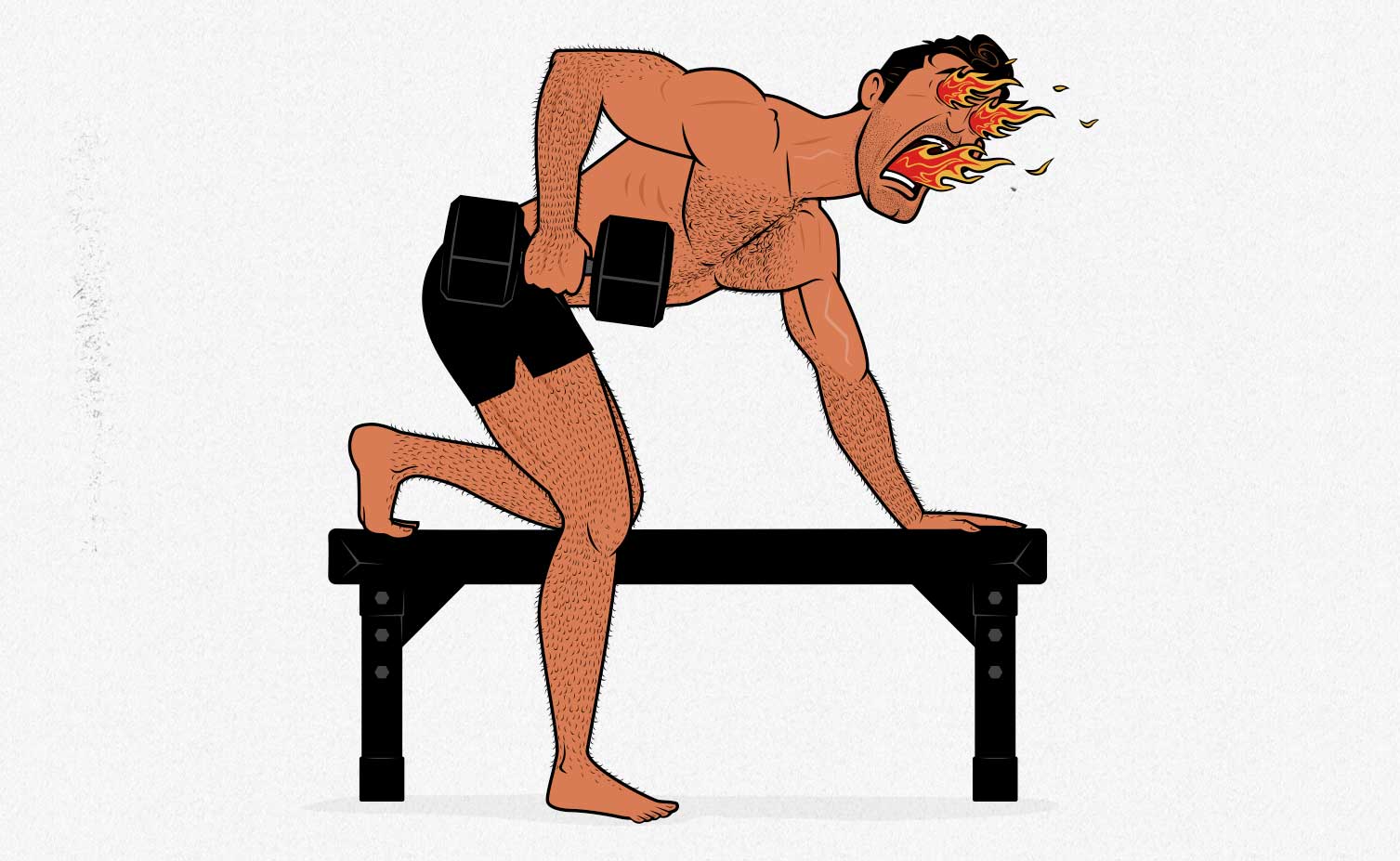
Dr. Jason Eure, DPT: “Umbilical hernias aren’t often caused by mechanical stresses like that. And if Jeff Cavaliere meant a sports hernia (athletic pubalgia), then…. still no. Injuries like that happen when there is excessive stress to the soft tissue structures that attach to the pelvis/pubis. You could make an argument about the stress on the area during these movements, but realistically this is not a way anyone is going to have a problem.”
Sure, if someone is very deconditioned to tolerate anti-rotational stressors… and they also are adding a lot of body English to get the weight up… maybe? But for anyone with reasonable programming and building up to these movements. Not gonna happen.”
So it isn’t impossible to get a hernia from doing dumbbell rows, but it’s not a risky exercise, and a lot of things would need to go wrong all at once. It’s almost like saying walking is dangerous because if you do it very carelessly, you might walk off a cliff.
How to Reduce Your Risk of Hernias While Lifting Weights
If you follow a reasonable workout program, your risk of injury is very low. Weight training is one of the safer forms of exercise, and hypertrophy training (aka training for muscle growth) is one of the safest forms of weight training. I’m hesitant to dive too deep into the specifics because you shouldn’t run into an issue anyway… but here are some guidelines:
- Use progressive overload. Start with a load you can manage, push yourself within 0–3 reps of failure, and then rest and recover. Usually, that means resting a muscle group for 2–4 days, training it 2–3 times per week. Every workout, try to add a little weight, eke out an extra rep, or lift a bit deeper. That way you’re stressing the area, recovering, adapting, and gradually growing bigger and stronger over time. That’s how you build muscle. It’s also how you grow tougher.
- Take a deload week every month or two. Muscles are packed full of blood vessels. They recover quite quickly. Tendons and joints recover more slowly. Taking deload weeks can give those other areas a chance to fully catch up.
- Use reasonable lifting technique. Not everyone lifts with perfect technique. Especially not at first. Beginners are beginners. It takes time to get better. But try not to lift violently, recklessly, heaving around weights you can’t control.
- If you play sports that put you at risk of getting a sports hernia, Jason recommends training your groin directly with exercises like lateral lunges, Copenhagens, hip ab/adduction machines, and shuffling drills. That way you can strengthen and condition your groin. If dumbbell rows train your groin, too—even better. That’s one more exercise helping your groin grow stronger, reducing your risk of injury.
Just to reiterate, though: hypertrophy training is quite safe. You shouldn’t need to worry about getting hernias. In fact, exercises that challenge your groin can help you reduce your risk of getting hernias.
What DOES Cause Hernias?
The next question is, if dumbbell rows aren’t at fault, what is? Why do people get hernias/sports hernias?
Jason: “You’re mostly looking at things that will significantly stress the adductor insertions and soft tissue around the pelvis/pubis. Think high-velocity or high-volume movements in the frontal plane. You see this often in the hockey population or other field sports with athletes who haven’t conditioned well to the stresses of the sport acutely.”
Lifting weights is actually pretty safe, especially if we do it correctly. We’re more likely to get (sports) hernias from activities like sports, where the movements are more explosive and less predictable. And even then, we can reduce our risk by conditioning ourselves to those stressors.
Can Dumbbell Rows REDUCE Your Risk?
The best way to avoid hernias is to condition ourselves for the stressors that might cause one. As in, we should be stressing the groin so that it grows stronger and tougher. And if dumbbell rows stress that area, then dumbbell rows are a lift that can help us condition it.
So, can doing dumbbell rows reduce our risk of getting a hernia (or sports hernia)?
Jason: “Yep! I’m always encouraging people to expose themselves to stress in an intelligent way to help improve general resiliency.”
Should You Row With Your Knee Up On A Bench?
The vast majority of lifters, beginner and elite, do their one-arm rows with a knee up on a bench. Those who keep both feet on the ground tend to use a split stance, which would seemingly put the same stress on the groin. It’s incredibly rare for people to run into issues. But there’s another way, too.
Athlean-X recommends keeping both feet on the ground. The idea is that if you remove the asymmetry, you make the dumbbell row much safer. This doesn’t make a whole lot of sense. There are a ton of asymmetrical lifts that stress the groin, ranging from dumbbell rows to split squats to landmine presses. And that’s a good thing, especially if you’re interested in athletics. After all, you want to condition your body to be able to handle that kind of stress.
If you’re always avoiding placing stress on your groin, then your groin will stay weak. That’s probably not an issue with lifting weights. Lifting weights is very safe. But by training your groin in the gym, you can reduce your risk of getting a sports hernia while playing sports.
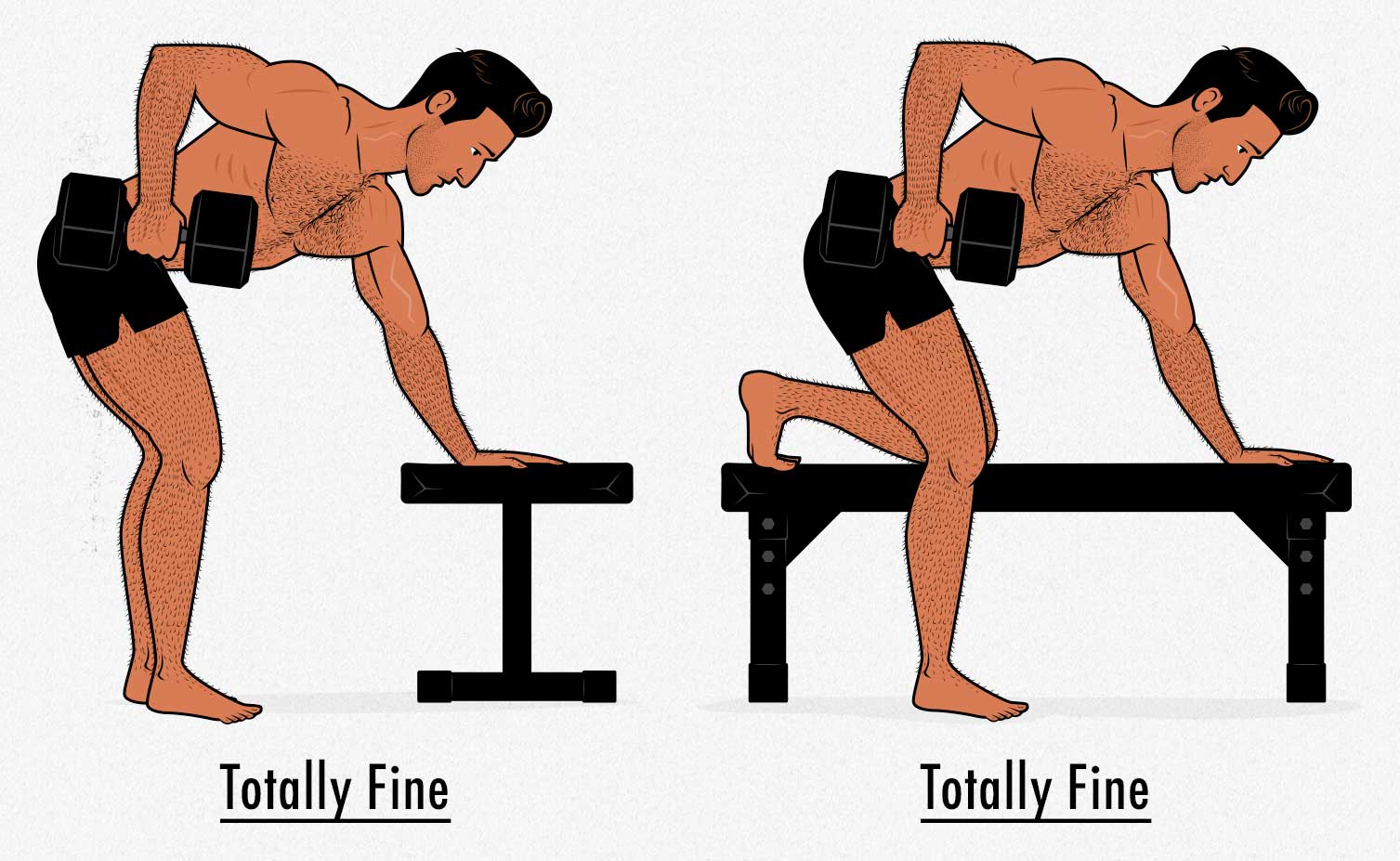
With that said, there’s nothing wrong with rowing symmetrically, with both feet planted on the ground. That’s perfectly fine, too. With that said, even if you keep both feet on the ground, it usually helps to row more asymmetrically, with one of your feet kicked back. That way you don’t row the dumbbell into your knee. That’s why popping a knee up onto the bench is so popular. And when people don’t have a knee on the bench, they usually use a split stance anyway (to get their knee out of the way). It’s still asymmetrical.
But you can use whichever rowing variation you prefer. All of them are safe. And if the movement feels good, it probably is good. Just remember to lift weights properly, whatever variations you use.
Summary
Athlean-X has it backwards. Hypertrophy training isn’t something harmful that gradually breaks us down. If we do it at least somewhat correctly, lifting weights will build us up bigger, stronger, and also tougher.
One-arm dumbbell rows aren’t a risky exercise for causing hernias, whether you put a knee up on the bench or keep both feet planted on the ground. If you want to reduce your risk of getting sports hernias outside of the gym, though, then you should include some exercises that stress your groin in your workout routine. That will help your groin grow stronger and tougher.
This lines up with what we see in the real world, too. One-arm dumbbell rows are an incredibly popular back exercise with a very low risk of injury, and most people do them with a knee up on the bench. It’s exceedingly rare for anyone to get hurt while doing them. That’s why so many people were flabbergasted when Jeff Cavaliere claimed they were dangerous.
That isn’t to say that Jeff Cavaliere is lying. I don’t doubt he really did injure himself while rowing. But it’s a freak accident caused by a hurricane of risk factors. Think of it like someone going for a stroll and falling into a manhole, resulting in a broken ankle. If you hear a story of that happening, it doesn’t mean you should stop walking, it just means you should watch where you’re going.
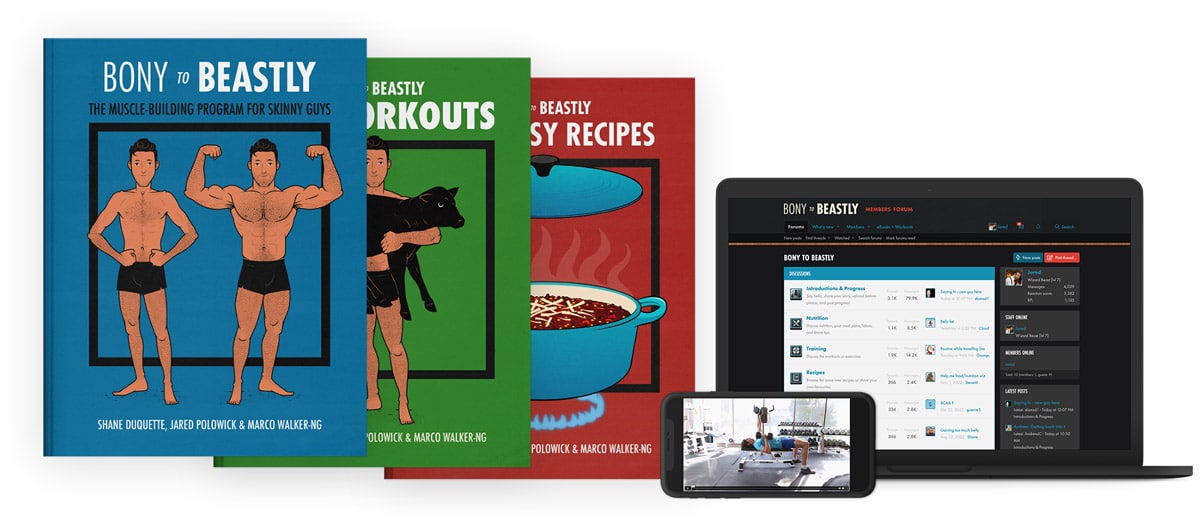
Alright, that’s it for now. If you want more muscle-building information, we have a free bulking newsletter for skinny guys. If you want a full foundational bulking program, including a 5-month full-body workout routine, a diet guide, online coaching, and a recipe book, check out our Bony to Beastly Bulking Program. Or, if you want a customizable intermediate bulking program, check out our Outlift Program.

